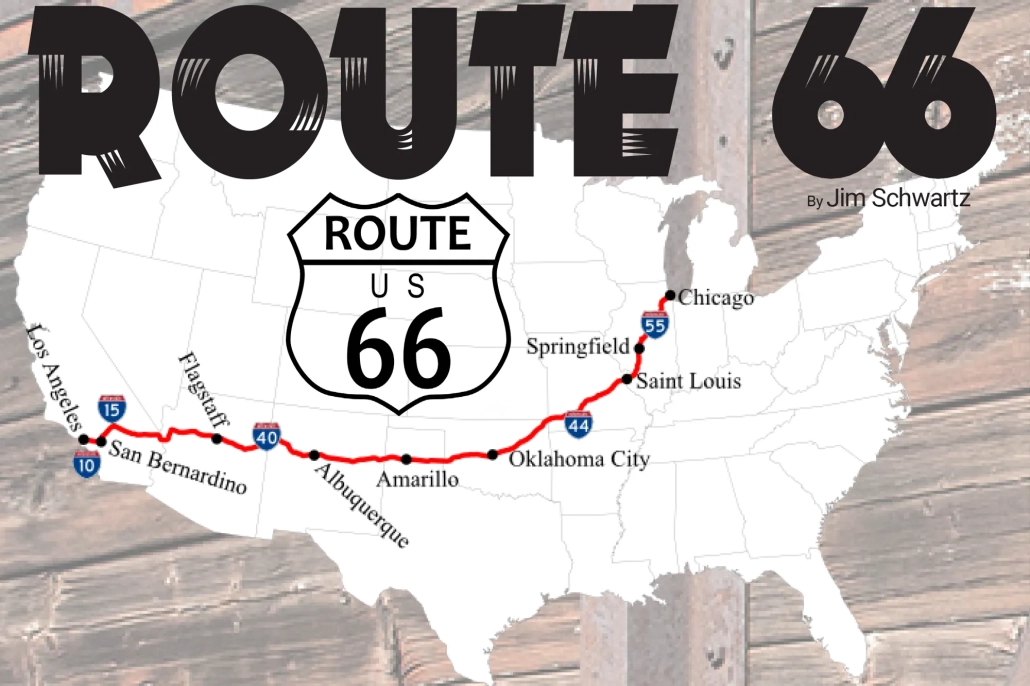World Famous Route 66
Exploring the Legacy of Historic Route 66
Historic Route 66, often referred to as the “Mother Road,” is a symbol of American freedom, adventure, and resilience. Established in 1926, this legendary highway originally stretched 2,448 miles from Chicago, Illinois, to Santa Monica, California, passing through eight states: Illinois, Missouri, Kansas, Oklahoma, Texas, New Mexico, Arizona, and California. Connecting the Midwest to the West Coast, Route 66 served as a critical corridor for migration and commerce, leaving an indelible mark on the nation’s history.
The Road’s Early Significance
In its early years, Route 66 played a vital role in supporting America’s agricultural heartland, linking rural communities to large urban centers. It also became a lifeline for thousands of Dust Bowl migrants during the Great Depression. Many families, particularly from Oklahoma, journeyed along Route 66 toward California in search of new opportunities, as depicted in John Steinbeck’s The Grapes of Wrath. It wasn’t just a route—it was a path to hope and survival.
The Rise of Car Culture
Post-World War II, Route 66 symbolized the booming car culture of the 1950s and 60s. As automobile ownership became common, families took to the road for vacations, giving rise to motels, diners, and roadside attractions that defined the route. Travelers could enjoy attractions like the Blue Whale in Catoosa, Oklahoma, or the Wigwam Motel in Holbrook, Arizona. This era cemented Route 66’s reputation as a cultural icon, with its neon signs, quirky stops, and sense of roadside adventure.
Decline and Preservation
The construction of the Interstate Highway System in the 1950s led to the eventual decline of Route 66. Many sections were bypassed, and by 1985, the route was officially decommissioned. However, the road’s legacy didn’t end there. Grassroots efforts to preserve and promote its history began to take hold. Today, travelers can experience much of the route through designated “Historic Route 66” segments, which wind through charming small towns and wide-open landscapes.
A Road for the Ages
Historic Route 66 remains a symbol of the American spirit. It’s a road that takes travelers on a journey through time, passing by landmarks such as the Cadillac Ranch in Texas, the Petrified Forest in Arizona, and the Santa Monica Pier in California. With its blend of historical significance, cultural heritage, and scenic beauty, Route 66 continues to inspire adventurers from around the world, drawing them to explore the rich tapestry of American history that this road represents.
Whether you’re a history enthusiast, a nostalgic traveler, or simply someone looking for a classic American road trip, Historic Route 66 offers a journey unlike any other—a journey down America’s most storied highway.





